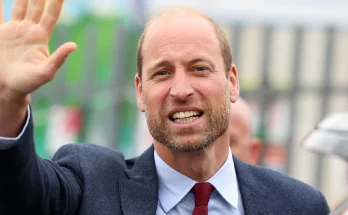Some of the most shocking tragedies in history have occurred in the skies. From musicians to athletes and political figures, here’s a look at the details behind these devastating reminders of how fragile life can be.
The world has witnessed several heartbreaking losses of influential figures who boarded a flight, never expecting it to be their last — whether in the worlds of music, sports, politics, or beyond.

These tragedies left an undeniable impact, sparking investigations, public mourning, and lingering questions. Here’s a look at some of the most shocking plane crashes that changed history forever — from Aaliyah to John F. Kennedy Jr.
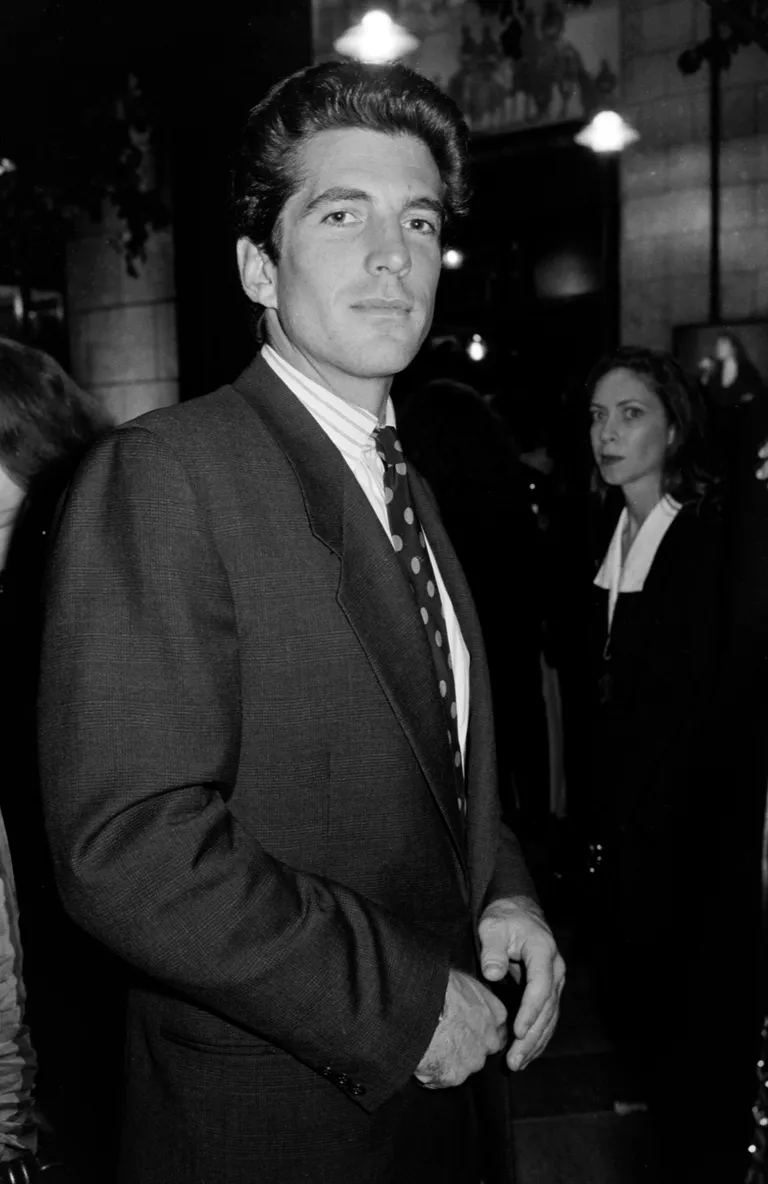
Aaliyah
Aaliyah’s life was tragically cut short on August 25, 2001, when a plane she was traveling on crashed shortly after takeoff in the Bahamas. At the time, the singer was on the island to film the music video for her song “Rock the Boat.”
The small Cessna plane, which was carrying Aaliyah and eight other passengers, crashed moments after departing Marsh Harbour Airport. The aircraft was reportedly overloaded with luggage, and there were concerns from the ground crew about the excessive weight.
Despite these warnings, the passengers insisted on bringing their belongings and the plane took off. Dr. Giovander Raju, the pathologist who performed autopsies on Aaliyah and several of the other victims, testified at a coroner’s inquest in Nassau.
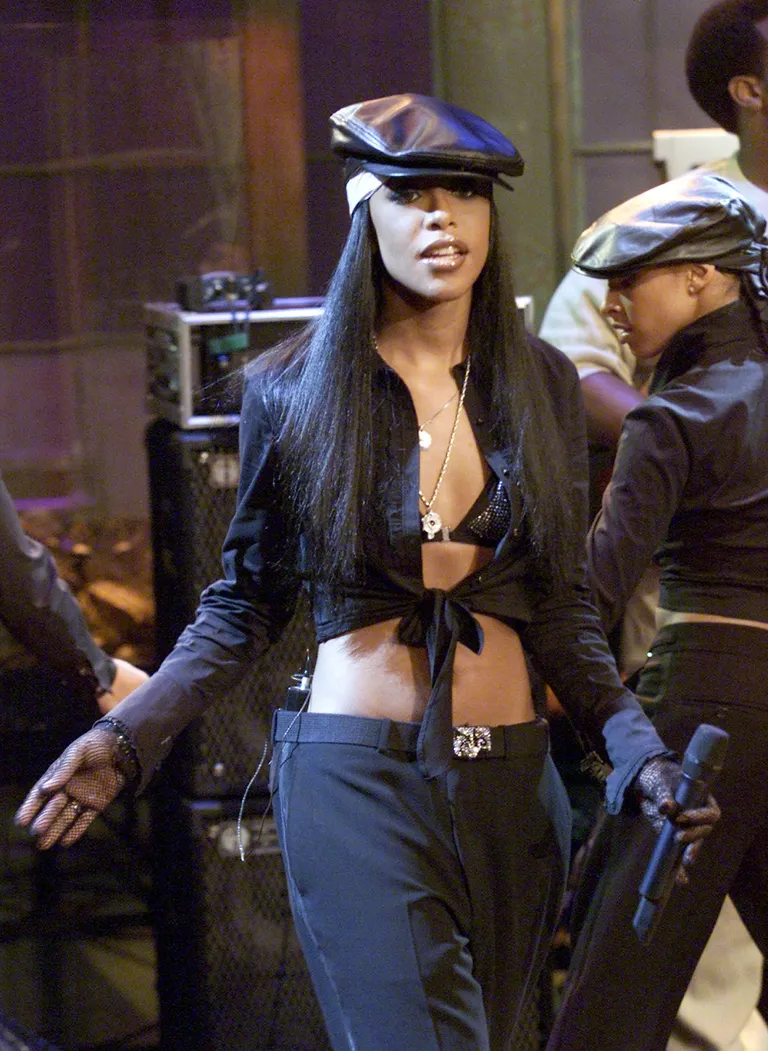
He revealed that Aaliyah had died from severe burns and a blow to the head caused by the crash. “Aaliyah went into such a state of shock, even if she had survived the crash, recovery would have been near impossible,” Dr. Raju stated.

His findings also indicated that Aaliyah had a generally weak heart. Additionally, there were several theories about Aaliyah’s condition before boarding the flight.
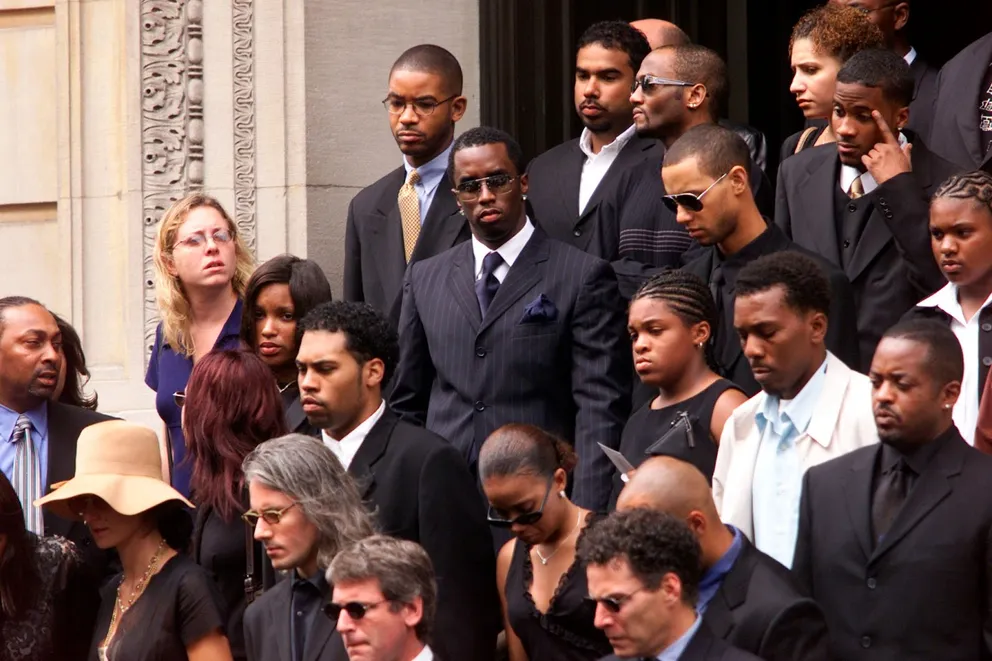
Witnesses claimed she was not feeling well on the day of the flight and had complained of a headache. It was also reported that she had been given a pill, and after taking it, she fell asleep before boarding the plane.

Mara Schiavocampo, a senior investigative correspondent, recounted, “She was so deep in sleep that she may not have even been aware that she was on the airplane.”
In the aftermath of the crash, the Federal Aviation Administration (FAA) revealed that the plane’s pilot, Luis Morales III, was not authorized to fly the aircraft.
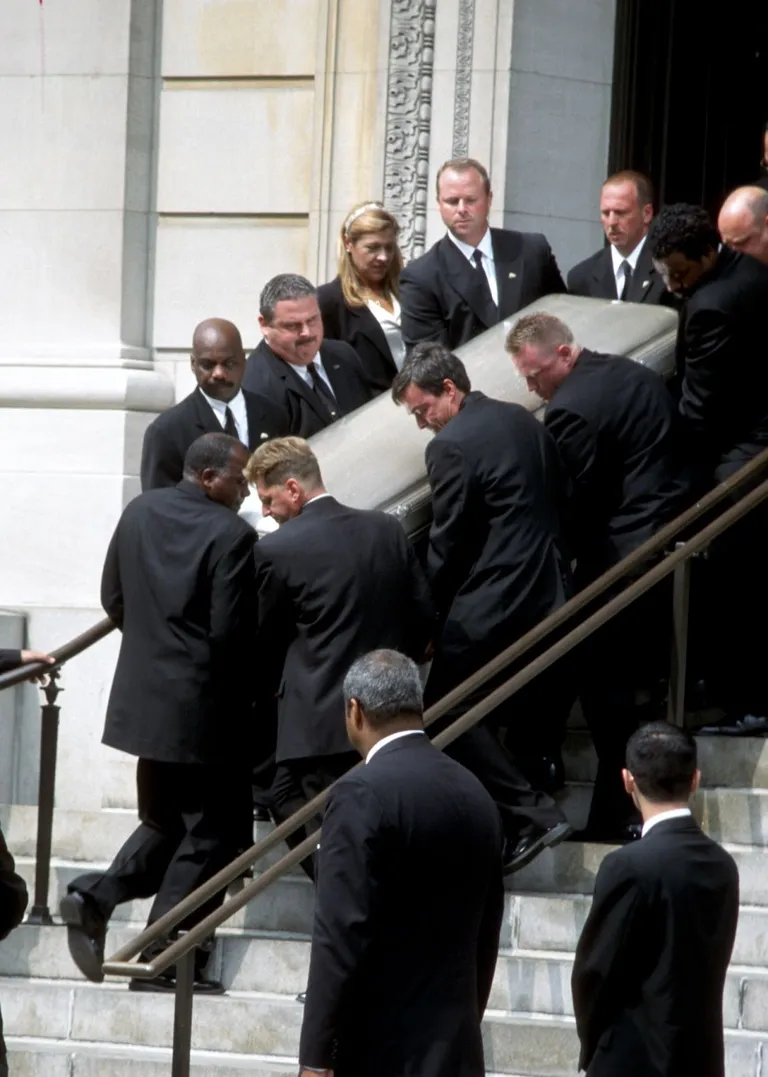
Morales had falsified his qualifications, and it was discovered that he was under the influence of alcohol and narcotics at the time of the crash.
The investigation pointed to several factors that contributed to the crash, including an unauthorized pilot, an overloaded plane, and the pilot’s impairment. The findings only deepened the tragedy, as the accident was ultimately preventable.

Aaliyah’s death sent shockwaves through the music world, leaving fans and colleagues devastated. She had accomplished so much at 22 and was on the cusp of even greater success.
She emerged as a major force in R&B during the 1990s. Born in Brooklyn, New York, and raised in Detroit, Michigan, her smooth voice and charismatic stage presence made her a standout.

Her debut album, “Age Ain’t Nothing But a Number,” released in 1994, helped launch her into stardom. The album, produced by R. Kelly, introduced Aaliyah’s unique blend of sultry vocals and youthful charisma, but it also sparked controversy due to her personal relationship with R. Kelly.
Kobe Bryant
On the morning of January 26, 2020, Kobe Bryant, his 13-year-old daughter, Gianna, and six other passengers boarded a Sikorsky S-76B helicopter at John Wayne Airport in Orange County, California.
They were on their way to a youth basketball tournament at Kobe’s Mamba Sports Academy in Thousand Oaks, about 85 miles away.
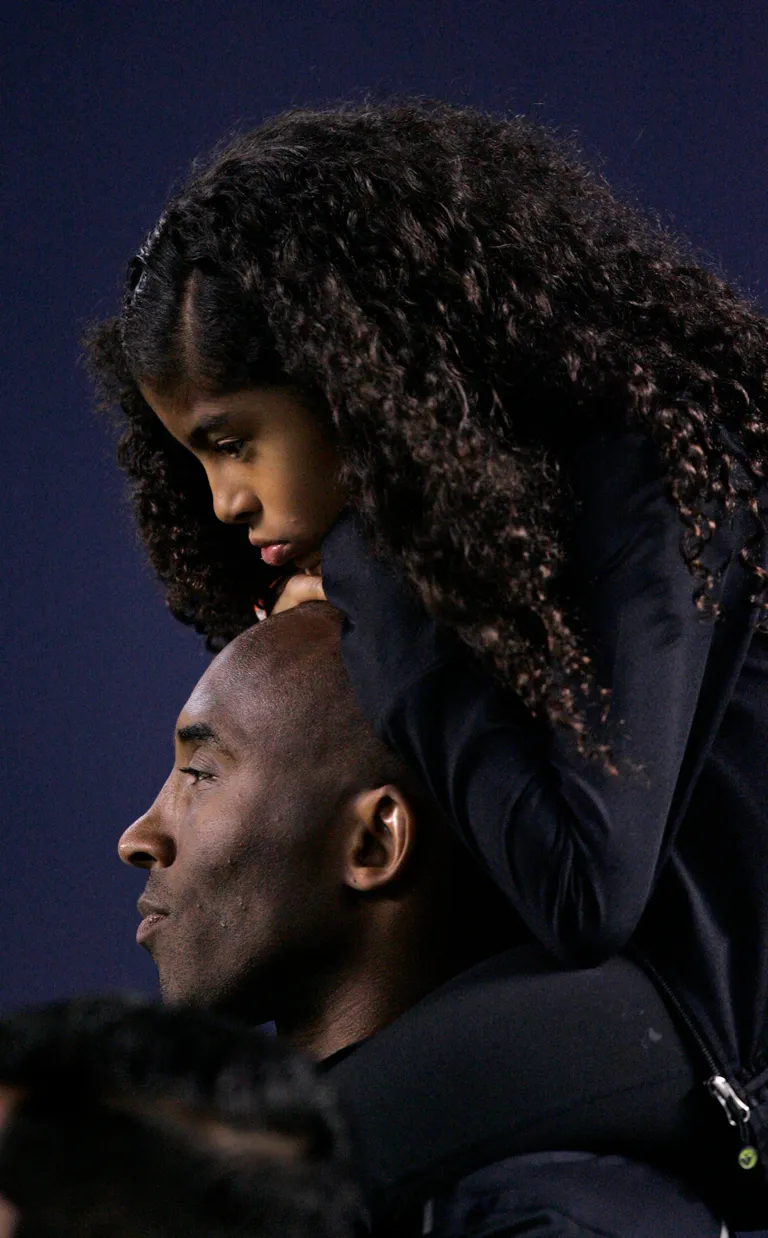
Along with them were assistant basketball coach Christina Mauser, Sarah Chester and her daughter, Payton, and baseball coach John Altobelli, his wife, Keri, and their daughter, Alyssa. The flight was piloted by Ara Zobayan, an experienced aviator who had flown Kobe on previous trips.
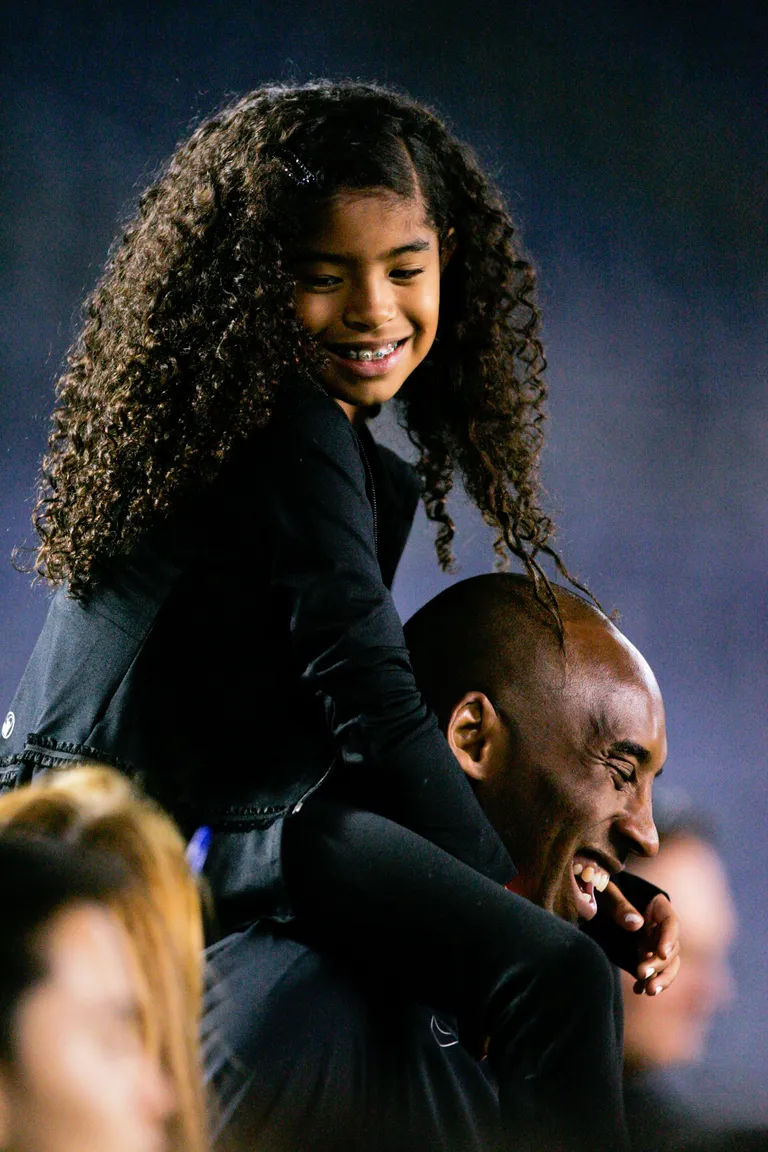
Fifteen minutes after takeoff, the pilot requested clearance to enter Burbank airspace despite poor visibility. Thick fog covered the area, forcing him to ask for special visual flight rules (VFR) permission, which allows pilots to navigate through low-visibility conditions.

Air traffic congestion required the helicopter to circle for 11 minutes before being allowed to proceed north toward Van Nuys Airport. As they continued flying, the clouds remained dense, making navigation more difficult.

At approximately 9:44 a.m., the aviator told air traffic controllers that he was climbing to 4,000 feet to get above the cloud cover. However, instead of gaining altitude, the helicopter slightly ascended before banking left and rapidly descending.

One minute later, it crashed into a hillside, killing everyone on board. The National Transportation Safety Board determined that the accident resulted from spatial disorientation, a condition where a pilot loses awareness of their actual position.
This phenomenon can make a pilot believe they are climbing when they are actually descending. Anthony Brickhouse, a former NTSB investigator, described the dangers of flying in poor visibility.

“When you have clear skies and good visibility, you can see what you need to see. But unfortunately, when you’re in clouds, sometimes physiologically, your brain, based on your inner ear, you kind of get confused,” he noted.
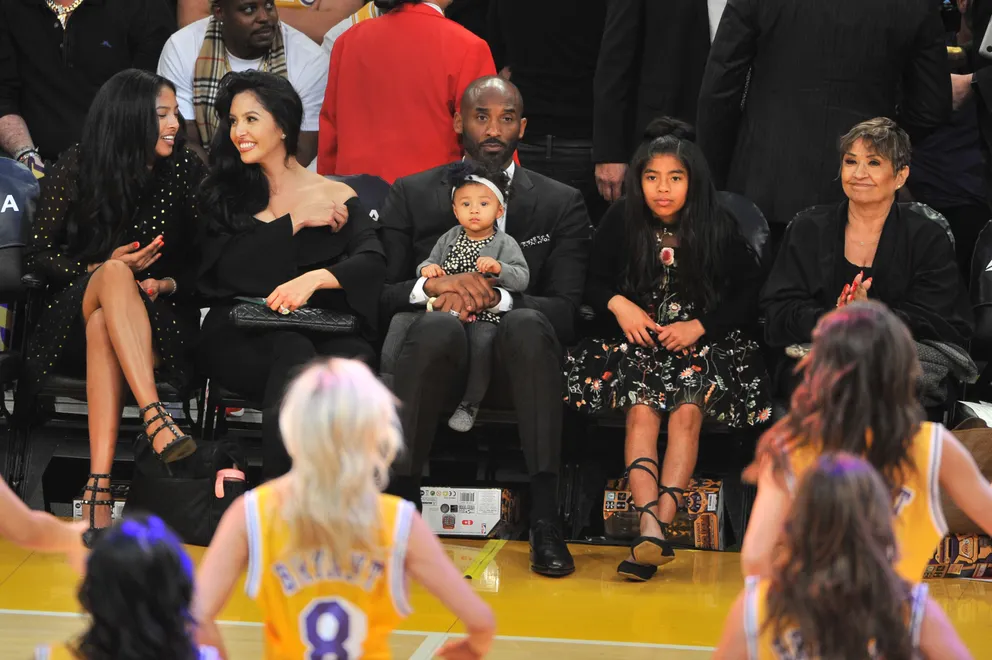
Investigators closely examined the weather that day, compiling a 394-page meteorological report. Photos and videos showed heavy fog and low clouds covering the hilltops, limiting visibility.
Both the Los Angeles County Sheriff’s Department and the Police Department had grounded their own helicopters that morning due to unsafe conditions.
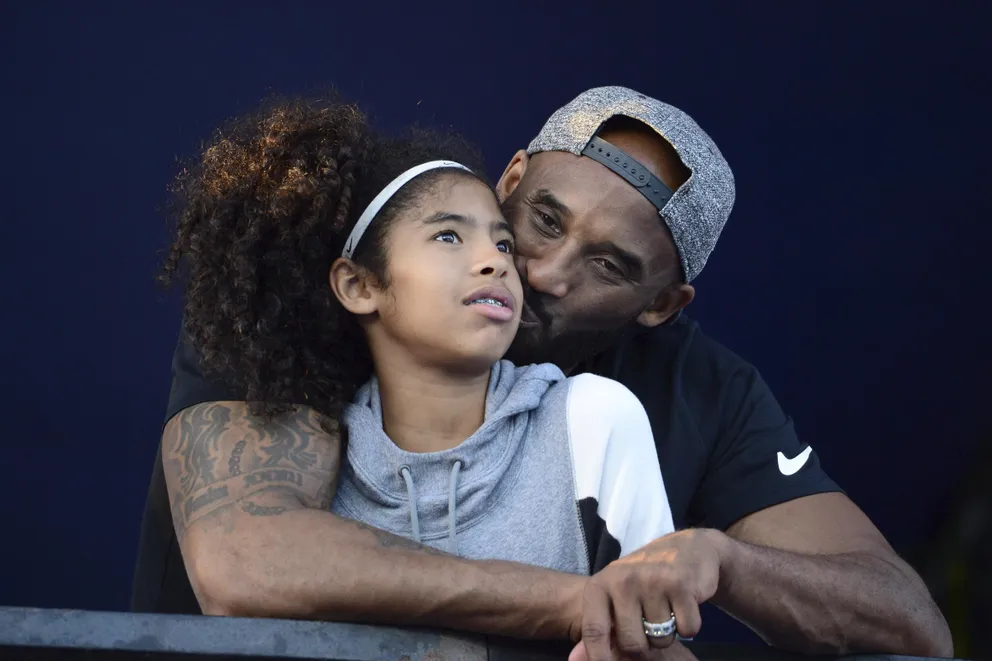
Despite this, the pilot proceeded with the flight. Lawsuits later filed by Kobe’s widow, Vanessa Bryant, and other victims’ families argued that the helicopter should never have taken off under such dangerous circumstances.

While the Sikorsky S-76B had a strong safety record and had previously carried the basketball icon — who sent one of his last messages to fellow baseball icon Nancy Lieberman — on multiple occasions, it lacked key safety features.
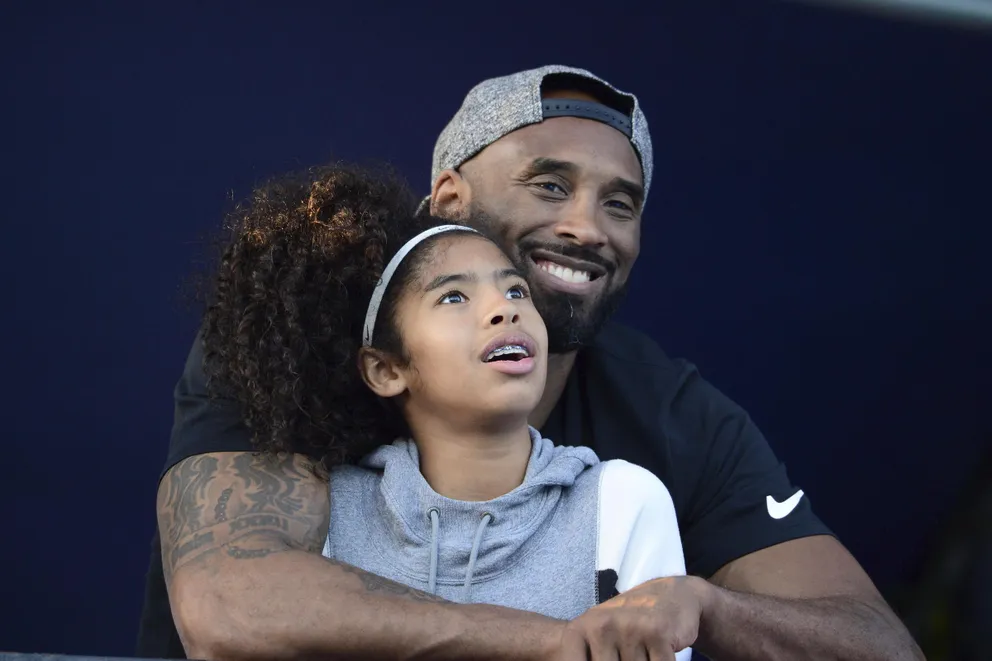
The helicopter did not have a flight recorder or a terrain awareness and warning system (TAWS), which alerts pilots when they are dangerously close to the ground. The Federal Aviation Administration requires TAWS in medical helicopters but not in commercial ones like the one Kobe was flying in.

On February 9, the NTSB held a hearing to discuss the crash and to consider recommendations to prevent similar incidents in the future. The loss of Kobe, his daughter, and the other passengers devastated fans worldwide, serving as a heartbreaking reminder of the risks of flying in unsafe conditions.
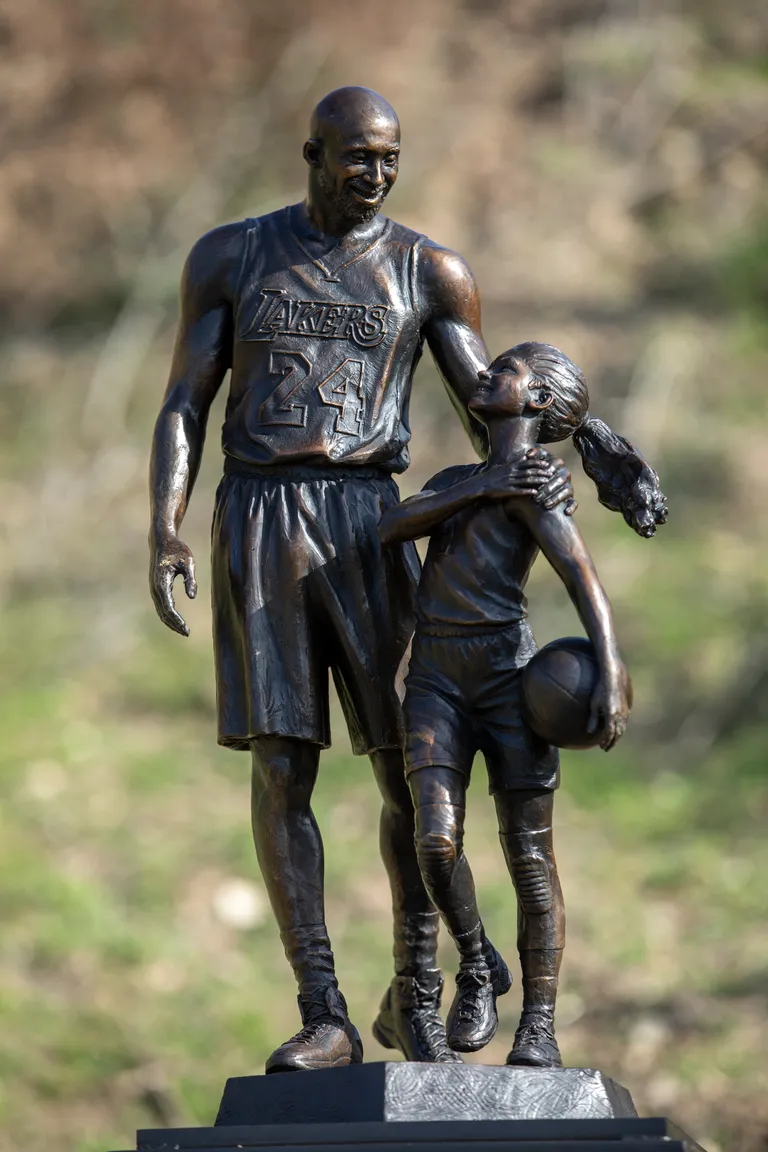
Lech Kaczyński
On April 10, 2010, a plane carrying Polish President Lech Kaczyński, his wife, Maria, and several senior political, military, and cultural leaders crashed while attempting to land in western Russia. There were no survivors.
The tragedy shocked Poland, as it claimed the lives of many of the country’s most influential figures in an instant. Lech had been a controversial figure both in Poland and on the world stage.
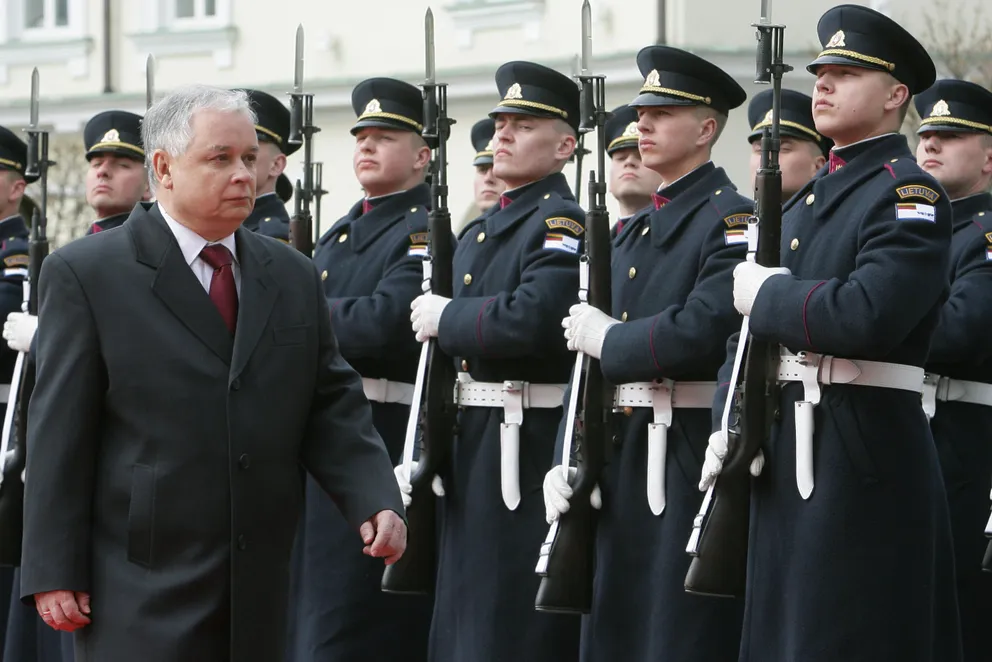
His conservative views appealed to many traditionalist and rural voters, helping him secure the presidency in 2005 as a candidate for the Law and Justice Party.
For a time, he and his twin brother, Jarosław Kaczyński, held significant power in Poland’s government, with Lech as president and Jarosław as prime minister from 2006 to 2007.
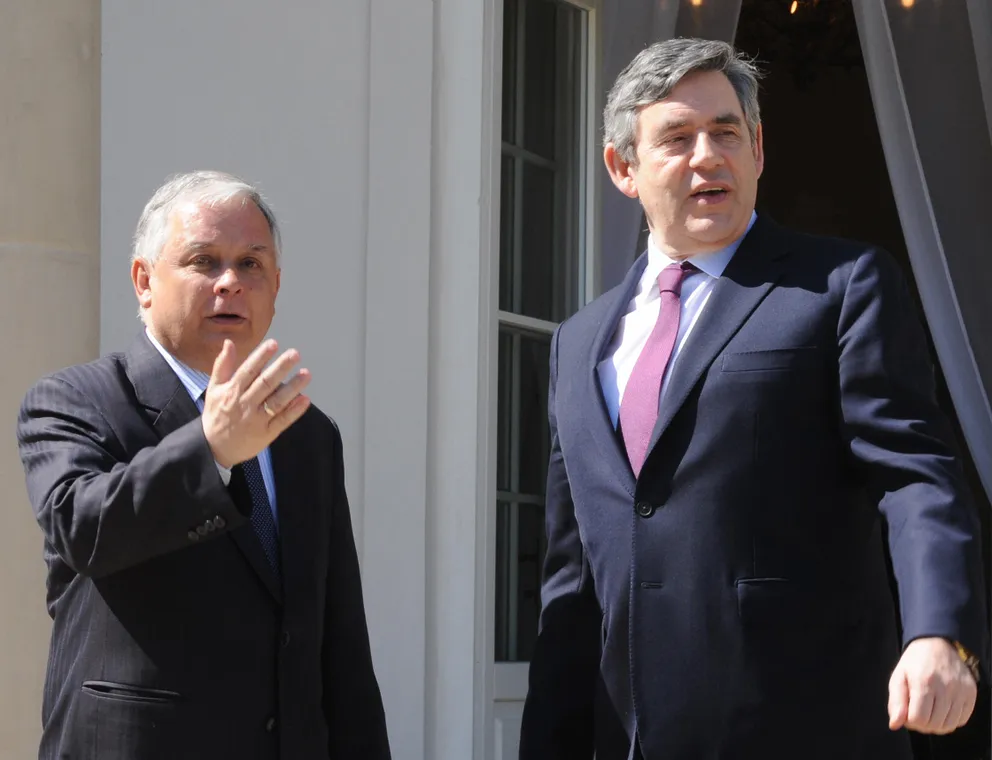
Born in 1949, Lech’s political career took shape in the late 1970s when he joined the anti-government movement. He and his brother were instrumental in helping Solidarity leader Lech Wałęsa win Poland’s first post-Communist presidential election in 1990.

However, their alliance with Wałęsa later dissolved due to political disagreements. The crash not only took the life of Poland’s president but also left the nation reeling from the loss of many of its top officials. The impact of the tragedy extended beyond Poland, influencing its political landscape and relations with Russia.
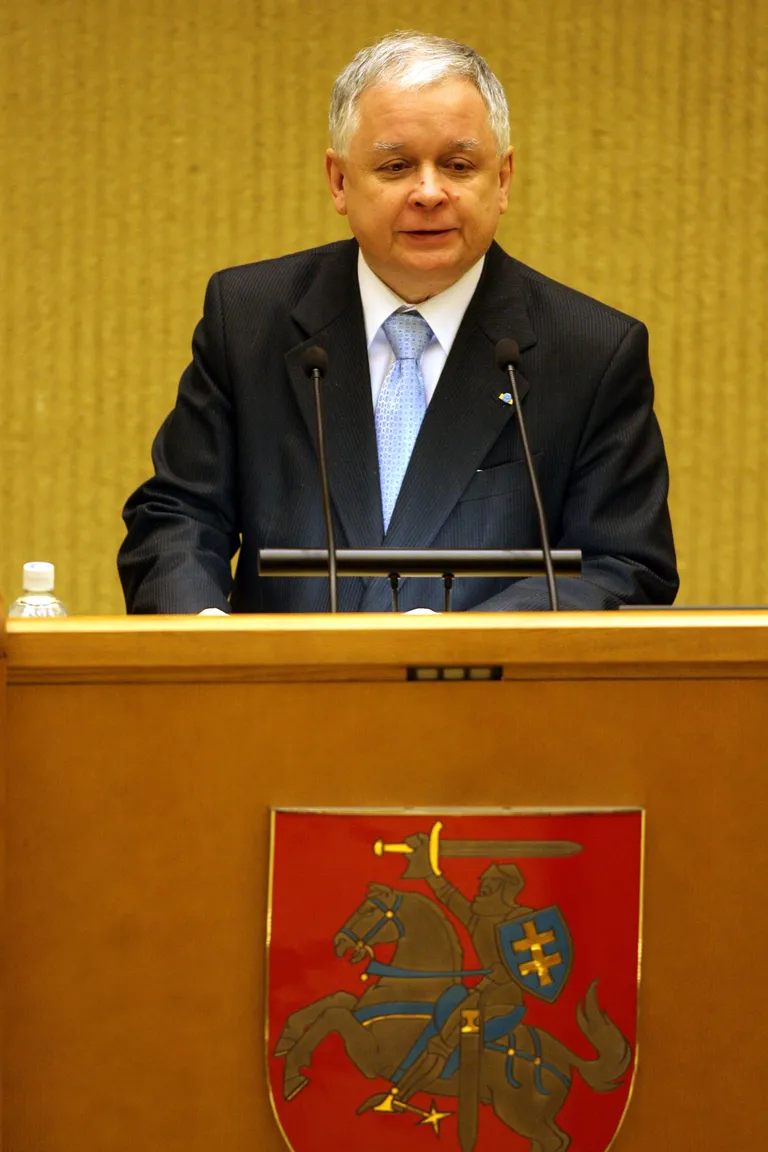
John F. Kennedy Jr.
John F. Kennedy Jr. died on July 16, 1999, when the plane he was piloting crashed into the Atlantic Ocean. The accident also claimed the lives of his wife, Carolyn Bessette-Kennedy, 33, and her sister, Lauren Bessette, 34. John was 38 years old.
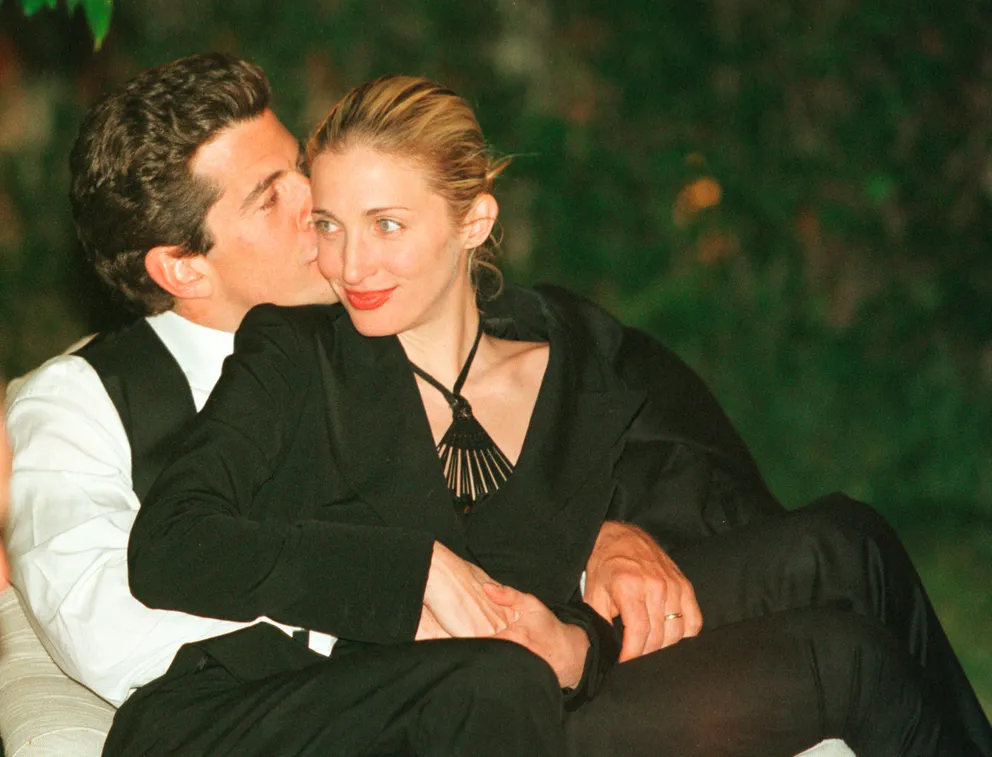
That evening, John planned to fly from New Jersey’s Caldwell Airport to Martha’s Vineyard, where Lauren would be dropped off. From there, he and Carolyn intended to continue on to Hyannis Port to attend the wedding of his cousin, Rory Kennedy.

Earlier in the day, he had spent time at the office of his political magazine, George, before meeting Lauren at 6 p.m. for the drive to the airport. Carolyn arrived separately by car service. By the time the plane took off at 8:38 p.m., the sun was setting, and the hazy conditions had worsened.
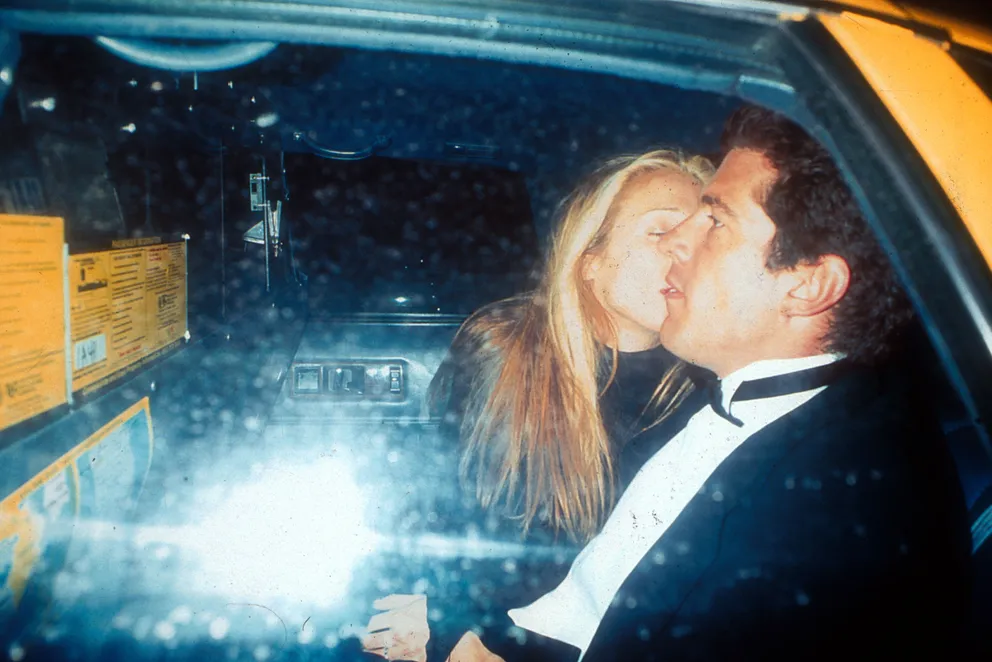
John was flying a Piper Saratoga, a more advanced aircraft than the Cessna he had previously piloted. Though he had begun instrument training, he was not yet qualified to fly using only cockpit instruments — a crucial skill for navigating poor visibility.
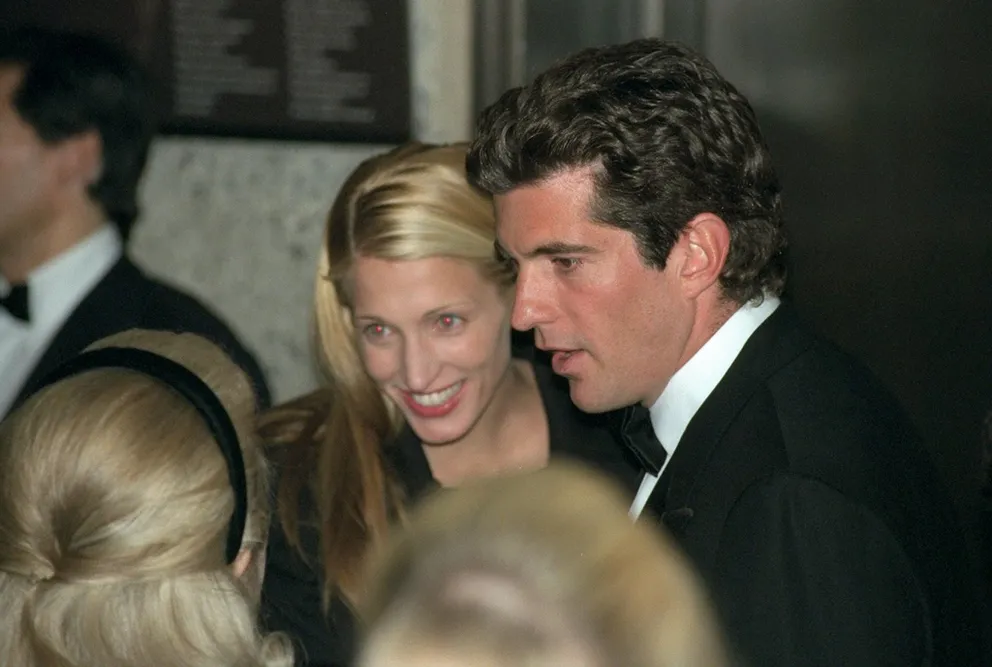
As he followed the coastline of Connecticut and Rhode Island, conditions remained challenging. When he began his descent toward Martha’s Vineyard, his flight pattern became erratic, a sign of spatial disorientation.

Experts later determined that John had likely entered what is known as a “graveyard spiral,” a deadly phenomenon where a pilot, unable to see the horizon, unknowingly enters a downward spiral.
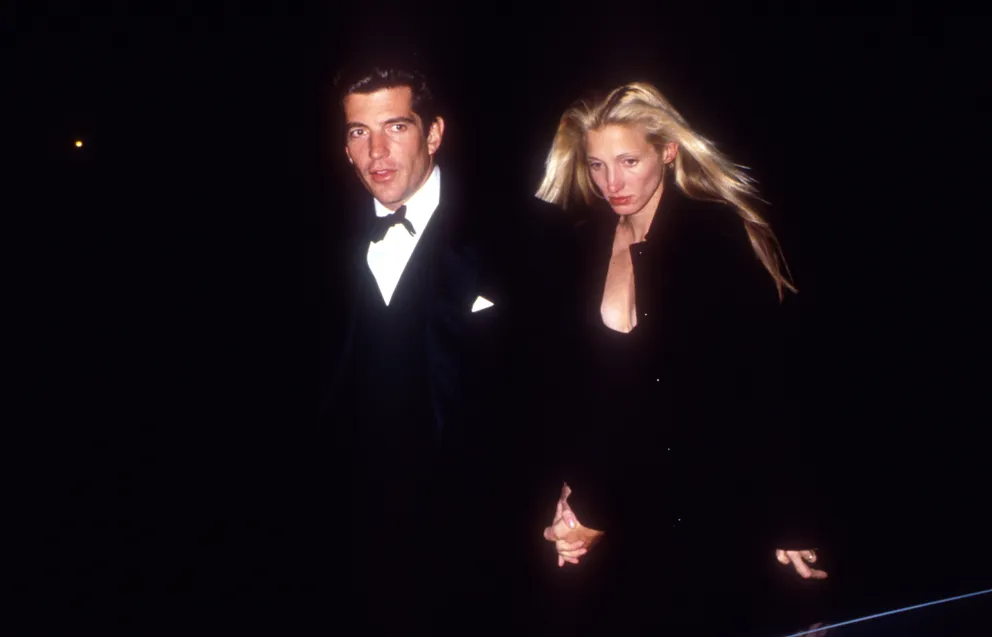
“The airplane makes a spiral nose down…kind of like going down a drain,” explained Jeff Guzzetti, president of Guzzetti Aviation Risk Discovery. “The plane went into one final turn and it stayed in that turn pretty much all the way down to the ocean.”
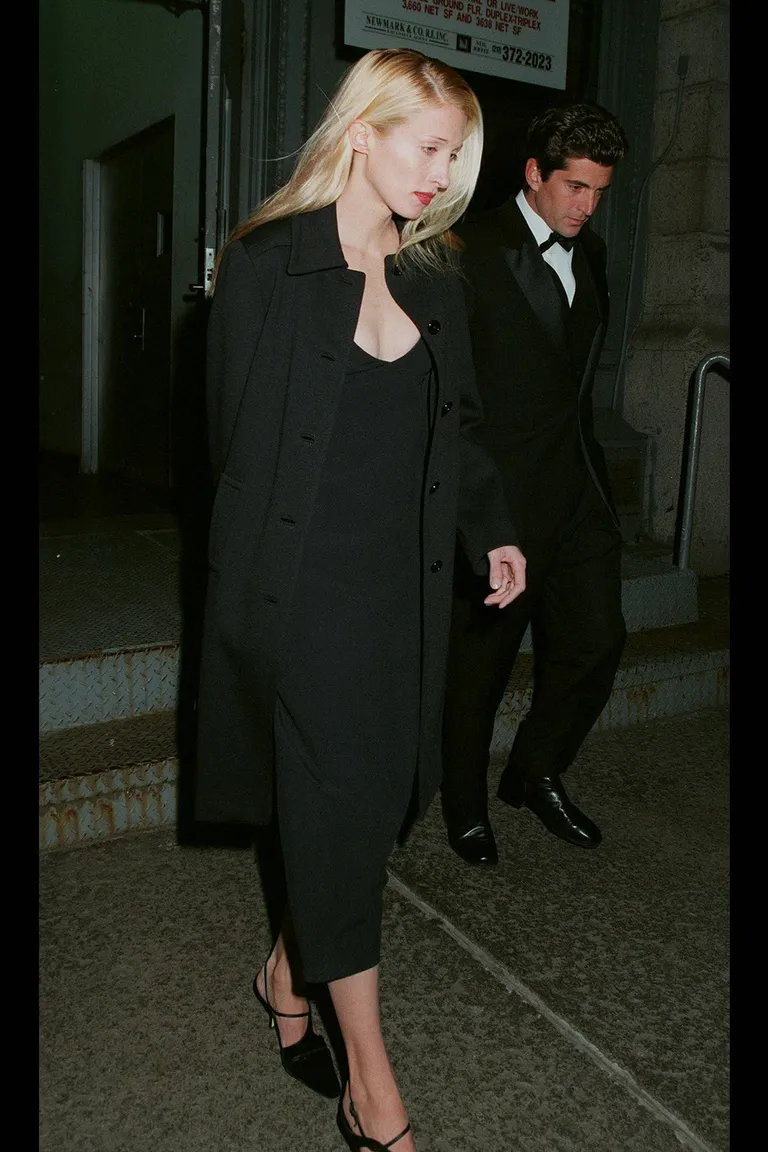
The aircraft crashed into the water roughly seven miles from Martha’s Vineyard. The National Transportation Safety Board concluded that the accident was caused by John losing control of the plane due to spatial disorientation, with haze and darkness contributing to the disaster.
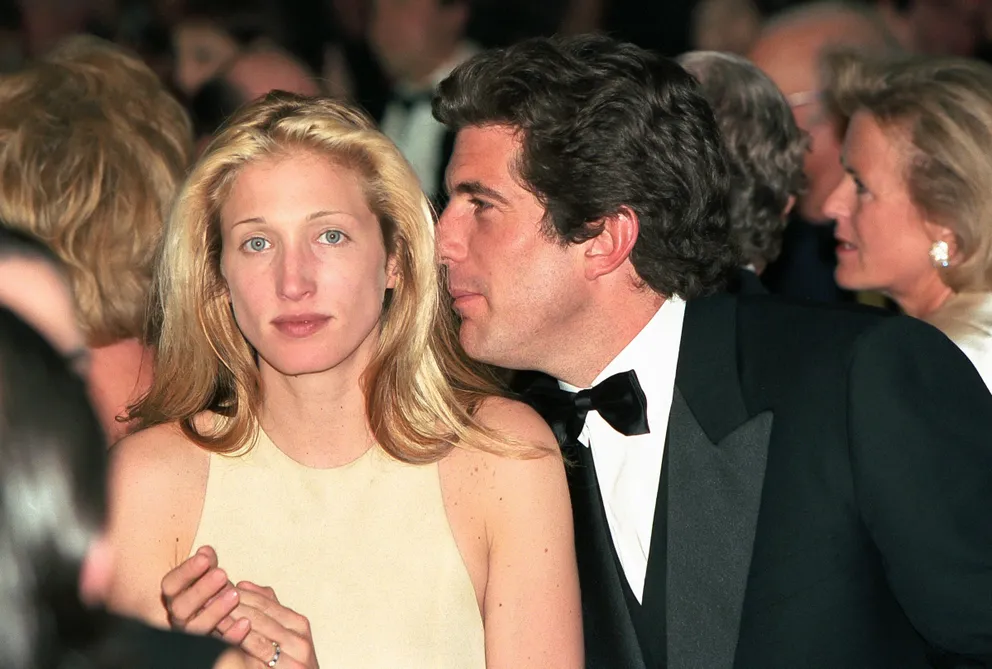
Guzzetti later reflected on the tragedy, saying, “In the end, it’s a cautionary tale for any private pilot to understand your own personal limitations.”
It is believed that John and Carolyn faced numerous challenges within their marriage, which became more pronounced in the weeks and days leading up to their tragic death.
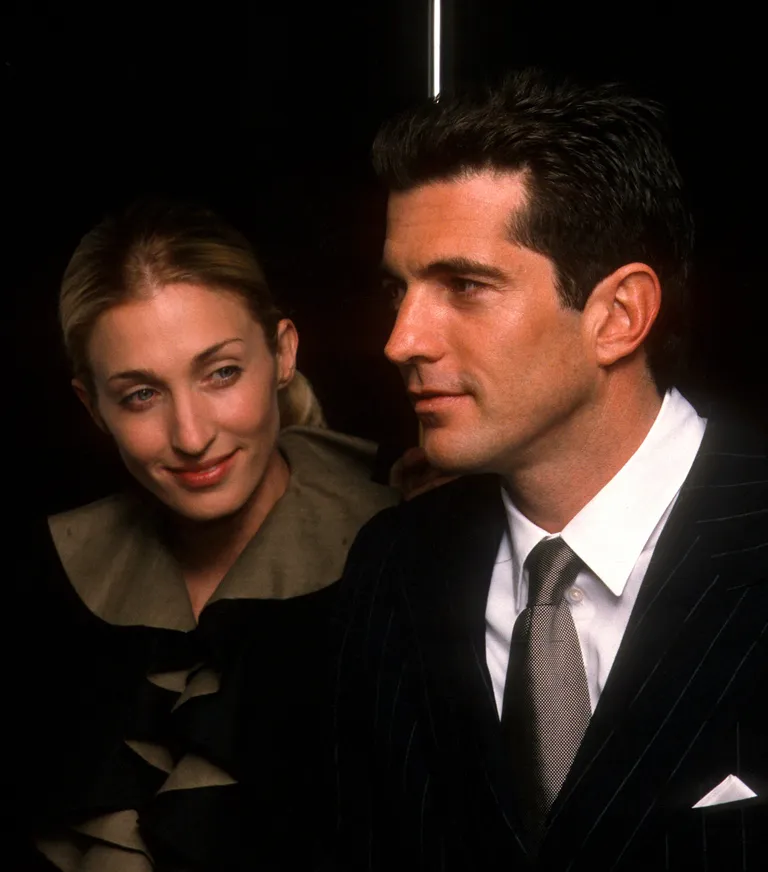
One significant stressor was the impending death of John’s closest cousin, Anthony, who was battling cancer. John was also struggling to secure new financing for his political magazine.
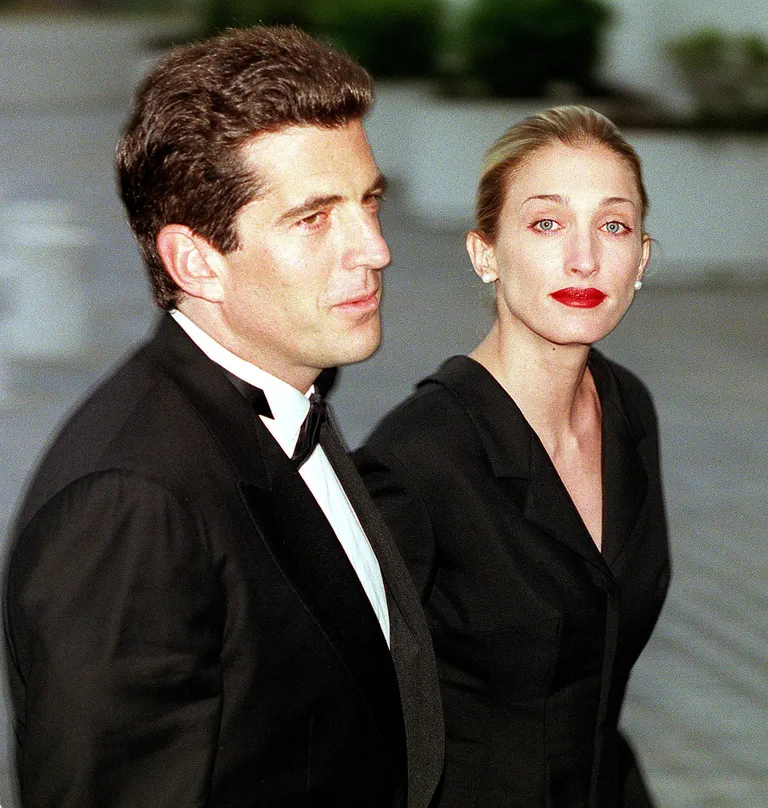
Carolyn, on the other hand, grappled with the challenges of living in the global spotlight. John had grown used to media attention throughout his life. However, she found the constant surveillance invasive and terrifying at times.
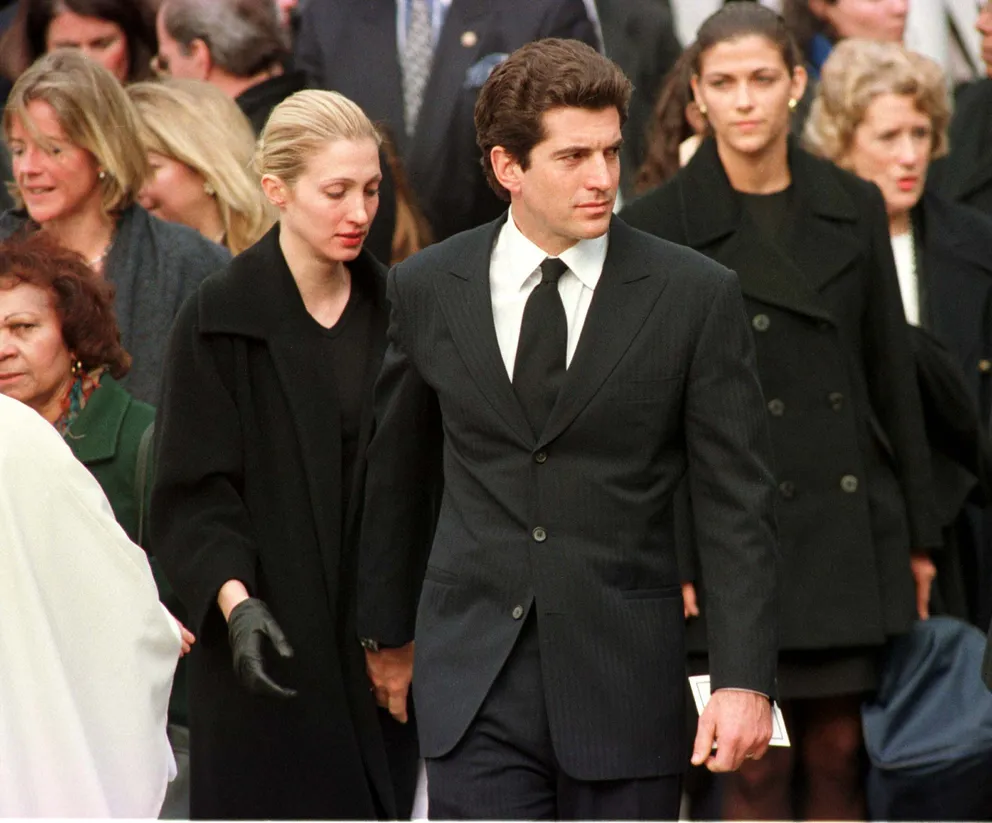
“They were both very sympathetic to what the other one was going through, but also getting a little impatient. Sort of, ‘When will things be okay at George?'” revealed author Elizabeth Beller.
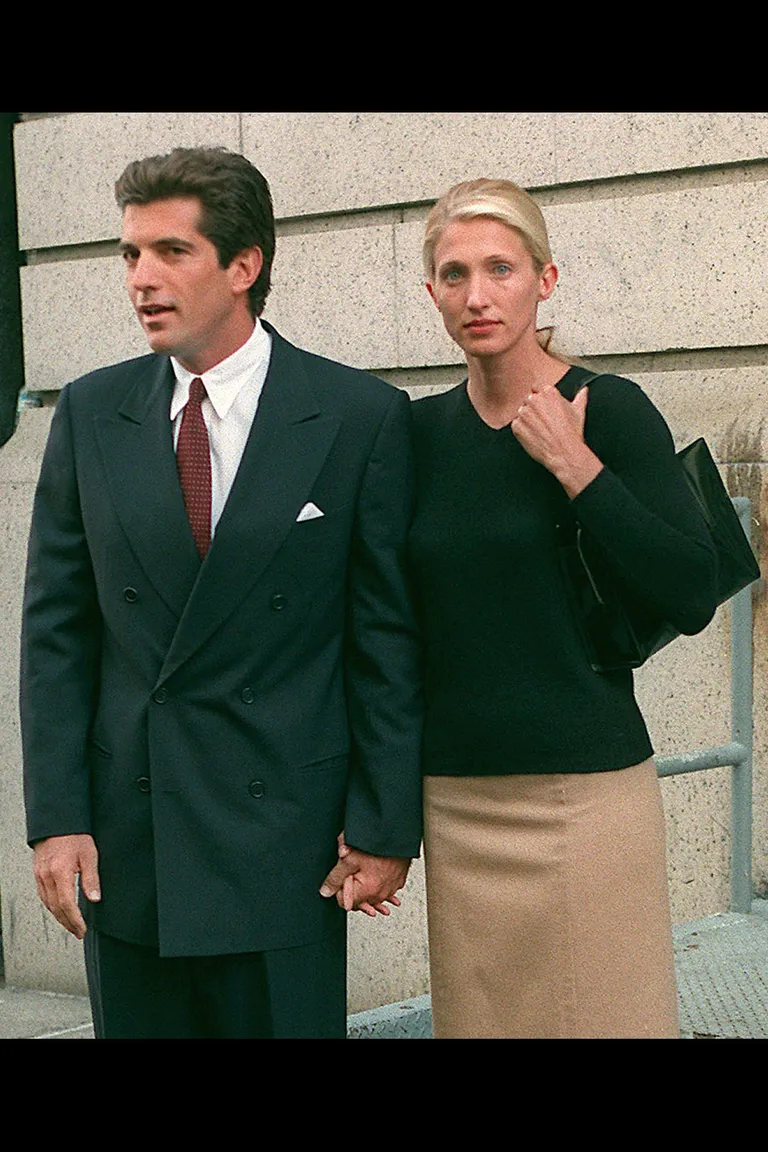
“‘When will we stop having to have every night be about going out to promote the magazine or look for advertisers?’ And [John] felt like, ‘When are you going to be able to handle the press, because it’s not going to go away?'” she continued.
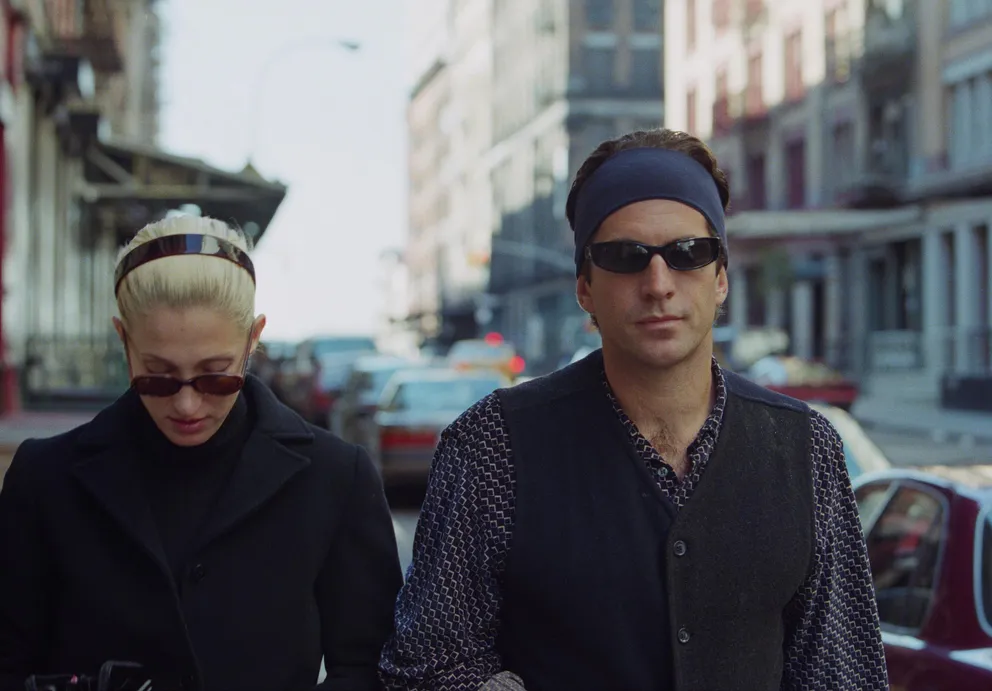
There were rumors of infidelity and lingering resentment, including Carolyn’s reported frustration with the fact that John had never introduced her to his mother before she died on May 19, 1994.
Attending Rory’s wedding in Hyannis Port was supposed to be a final bid to mend their strained relationship. Sadly, John F. Kennedy Jr. and Carolyn Bessette never made it.

The tragic plane crashes that took the lives of each of these individuals left behind a lasting legacy in music, sports, politics, and culture, making their sudden deaths even more devastating. Their losses were felt not only by their families and fans but also by the industries they helped shape.

